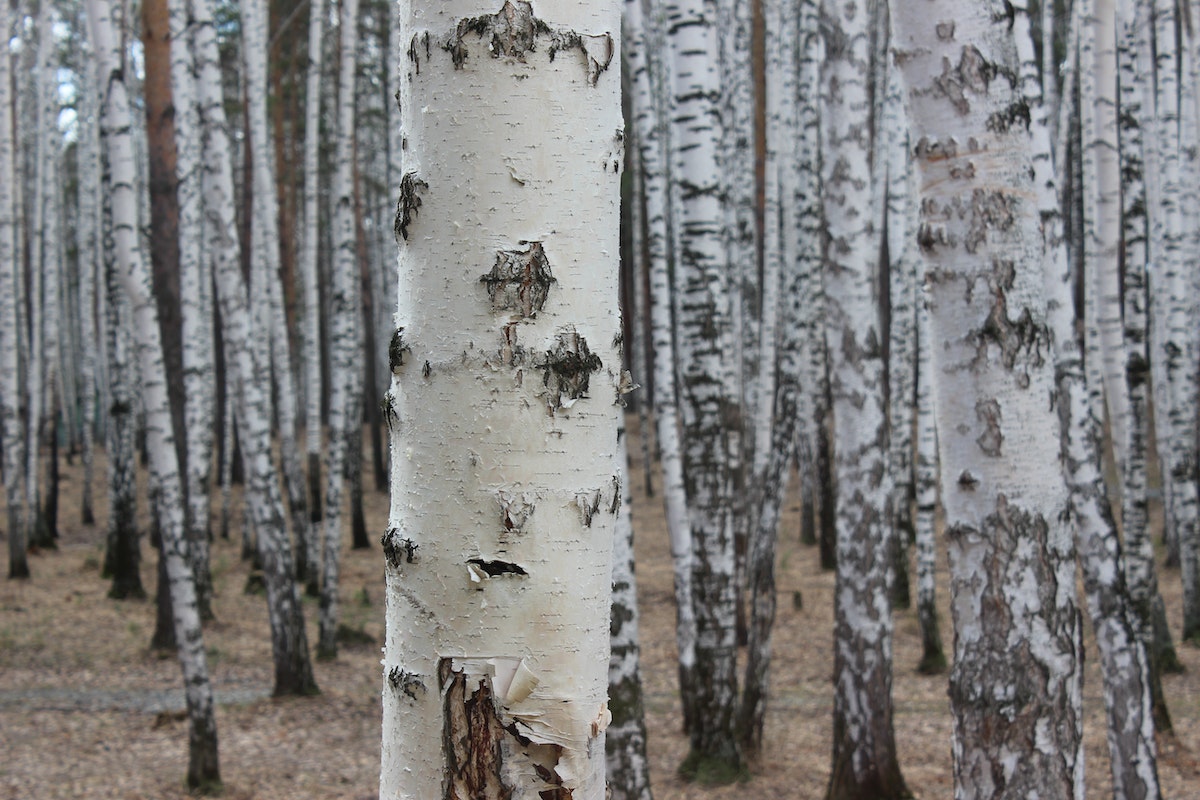When it comes to selecting firewood, it’s important to make an informed choice. In this article, we will explore whether birch is a suitable option for firewood.
We will examine its characteristics, moisture content, aroma, and compare it to other common firewood types.
By the end, you’ll have a clear understanding of whether birch is a good choice for your own firewood needs.
Characteristics of Yellow Birch and White Birch Trees
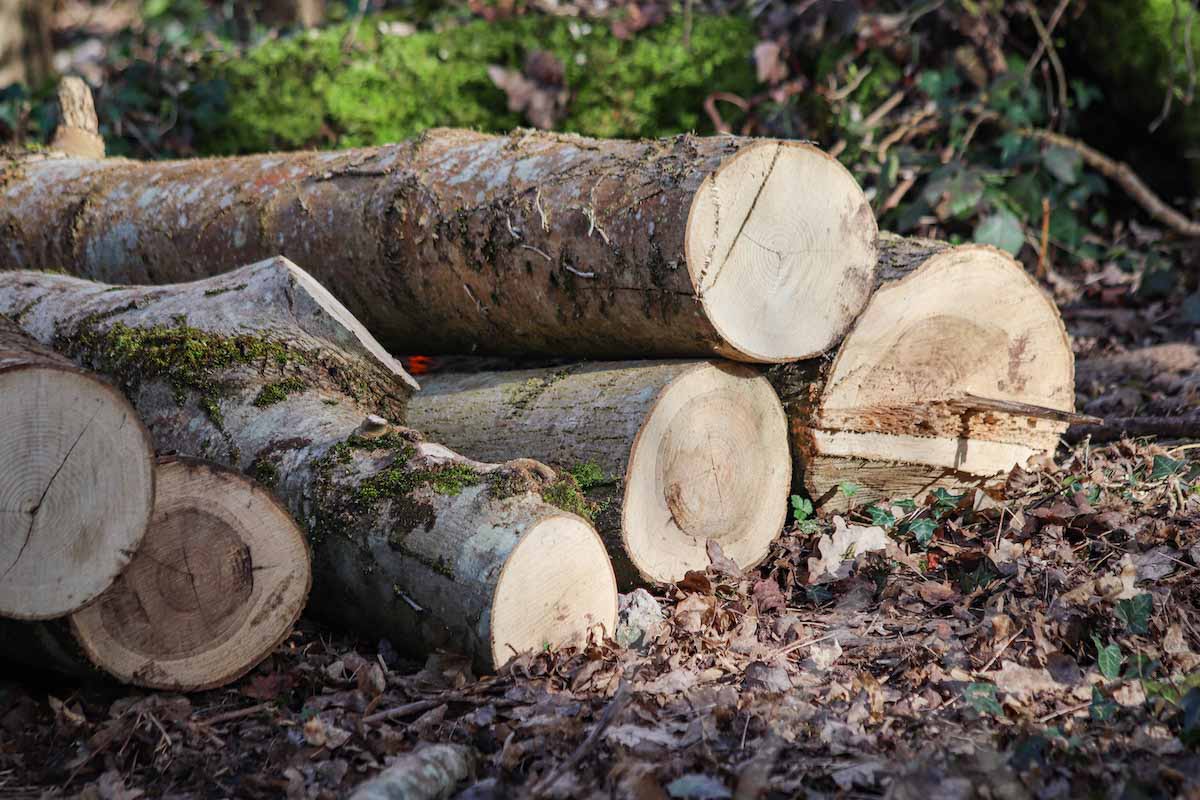
Birch trees are captivating and beautiful, with their slender trunks, papery bark, and delicate foliage.
Most species thrive in diverse habitats, making them ecologically significant and contributing to biodiversity. When considering birch for firewood, it’s important to differentiate between yellow birch and white birch.
Yellow birch has dense, yellowish-brown wood, while white birch has lighter bark and slightly softer wood. These differences impact heat output, burn quality, and ease of splitting. Understanding these distinctions helps us choose the right birch species for firewood.
Birch trees encompass a fascinating variety of species, including yellow birch, white birch, swamp birch, paper birch, cherry birch, and black birch. These trees are known for their slender trunks, distinctive papery bark, and delicate foliage.
Each species has its own unique characteristics and qualities that make it suitable for various purposes.
Whether it’s the strength of yellow birch, the aesthetic beauty of white birch leaves, or the specific properties of other species, understanding the differences allows us to appreciate the diverse nature of these trees.
Evaluating the Heat Output of Birch Firewood: How Does it Compare?
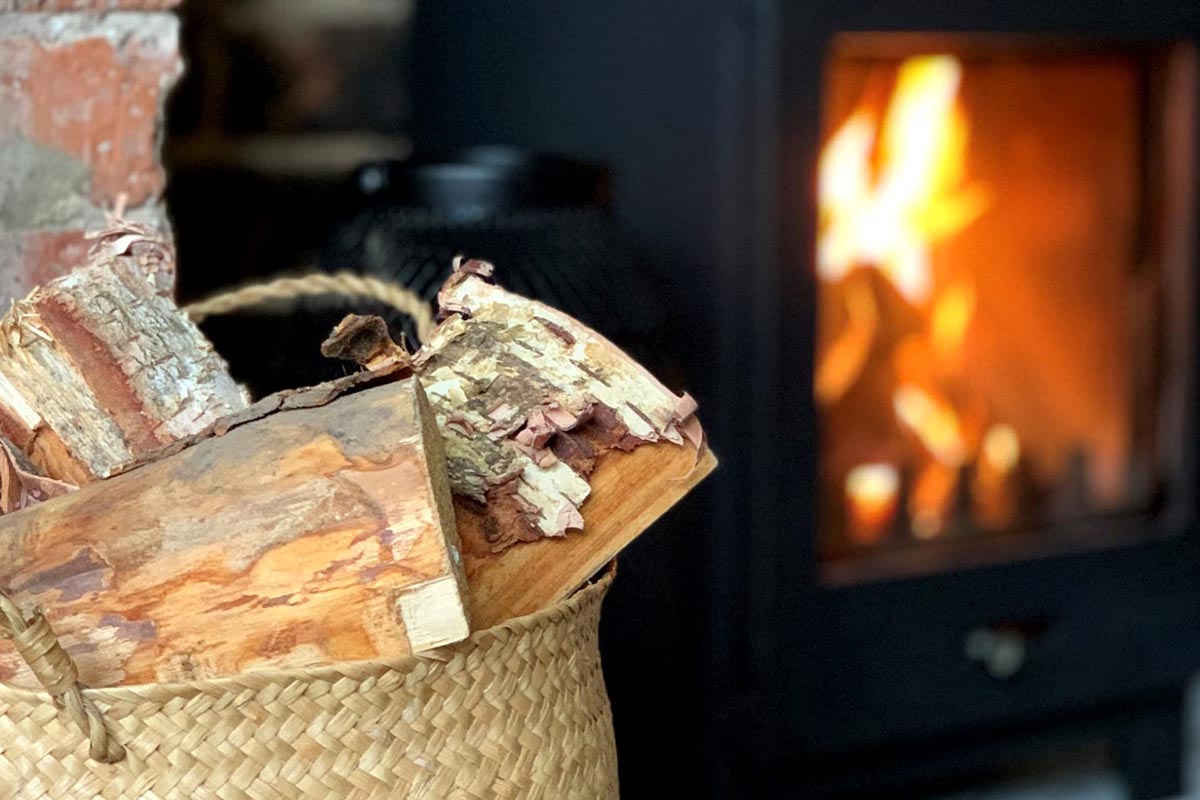
The heat output of birch firewood can vary depending on factors such as wood density, moisture content, and overall quality.
When properly seasoned and used in appropriate heating appliances, good firewood like Hackberry generates a significant amount of heat that effectively warms the surrounding area.
Comparing the heat output of birch bark to other commonly used firewood types can provide valuable insights for selecting the most suitable option. Birch firewood offers a comparable heat output to popular firewood choices such as oak, maple, and ash.
However, it is important to note that the heat output may vary depending on specific factors such as the wood’s moisture content, size of the logs, and the efficiency of the heating appliance used.
Overall, white bark stands as a reliable option in terms of heat output, providing ample warmth to create a comfortable and cozy environment.
Moisture Content and Seasoning
Properly managing the moisture content of birch wood is crucial for optimal performance.
High moisture content can lead to inefficient burning, excessive smoke production, and reduced heat output. It is essential to ensure that birch firewood is well-seasoned, allowing it to dry adequately and reach an ideal moisture content of around 20% or less.
By properly managing moisture, whether it’s yellow birch firewood, white birch, or any other birch species, we can enhance the burning properties and maximize the performance of seasoned firewood.
Splitting and Handling Birch Firewood
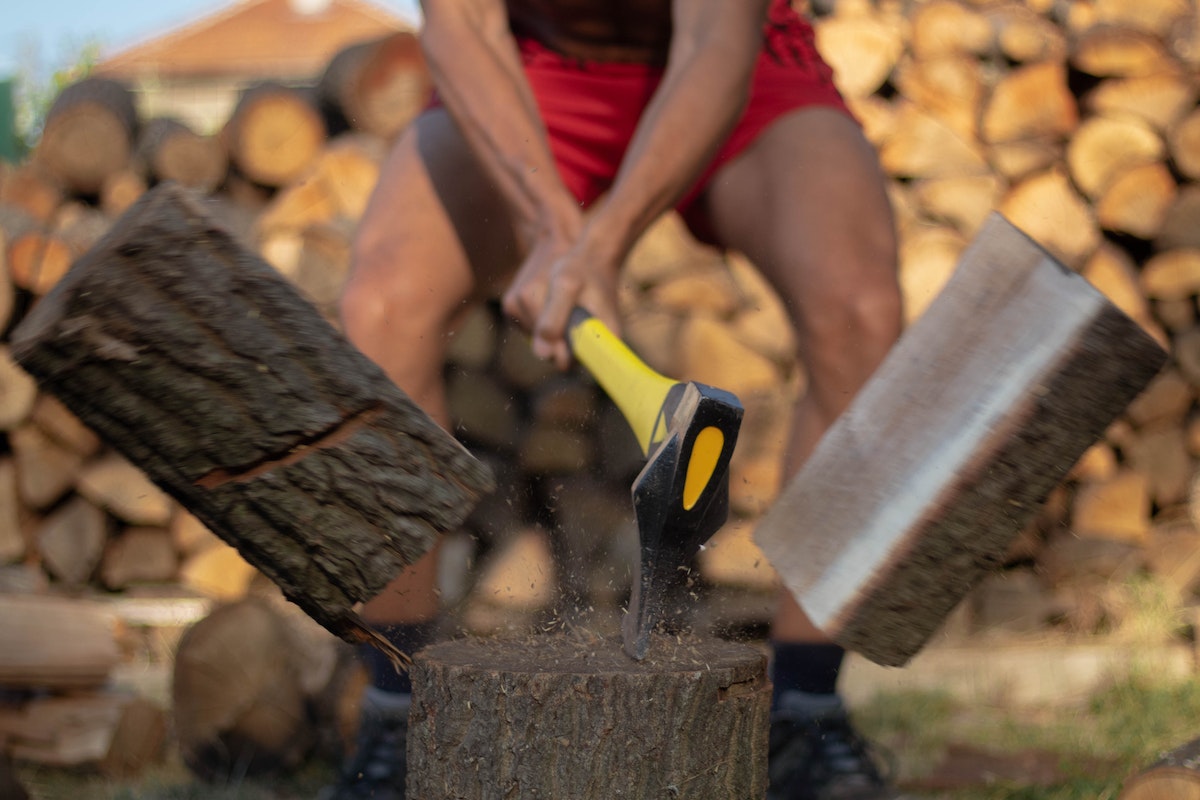
Splitting birch firewood is an essential step in preparing it for burning. Birch wood can be dense and sturdy, requiring proper techniques and tools for effective splitting. Due to its density, a splitting maul or axe is common for black birch firewood.
Properly split birch wood promotes better airflow during burning, allowing for more efficient combustion and increased heat. Additionally, handling black birch wood requires attention to stacking and storage to maintain its quality.
Stacking the split wood in a well-ventilated and dry location helps to prevent moisture absorption less smoke and preserve its burning properties over time.
The Distinctive Aroma of Birch Firewood: What to Expect
One of the appealing characteristics of birch good firewood, whether it’s yellow birch or white birch, is its distinctive aroma. When burned, black birch releases a pleasant fragrance often described as sweet, with hints of wintergreen or mint.
This aromatic experience adds an extra layer of enjoyment to the warmth and ambiance provided by the crackling flames. The wintergreen aroma can create a cozy and inviting atmosphere, enhancing the enjoyment of a warm fire.
Whether you’re using sweet birch firewood for heating purposes or simply enjoying a cozy fire, the unique aroma of burning wood and rack enhances the overall experience.
Birch Firewood vs. Other Common Firewood: How Does it Stack Up?
When comparing white birch firewood down to other common wood options, here’s how it stacks up:
- Heat Output: Birch family firewood offers a moderate to high heat output, similar to oak, maple, and ash.
- Burn Quality: Birch burns cleanly with minimal smoke and produces a steady flame.
- Splitting and Handling: Birch bark can be dense and sturdy, requiring proper tools and techniques for splitting.
- Aroma: Older the birch tree has a distinctive and pleasant aroma when burned.
- Availability: Birch tree is relatively common, making black birch firewood readily available in many regions.
Burning Characteristics and Flame Appearance
When it comes to burning characteristics, birch firewood exhibits favorable qualities. It burns cleanly and evenly, producing a steady flame with minimal smoke.
The flames of birch wood have a vibrant appearance, providing a visually appealing experience while adding warmth and ambiance to the surroundings.
The distinctive flame patterns and colors make birch firewood an attractive choice for fireplaces, wood stoves, and other heating appliances.
Where to Burn Birch Firewood: Ideal Locations and Heating Appliances
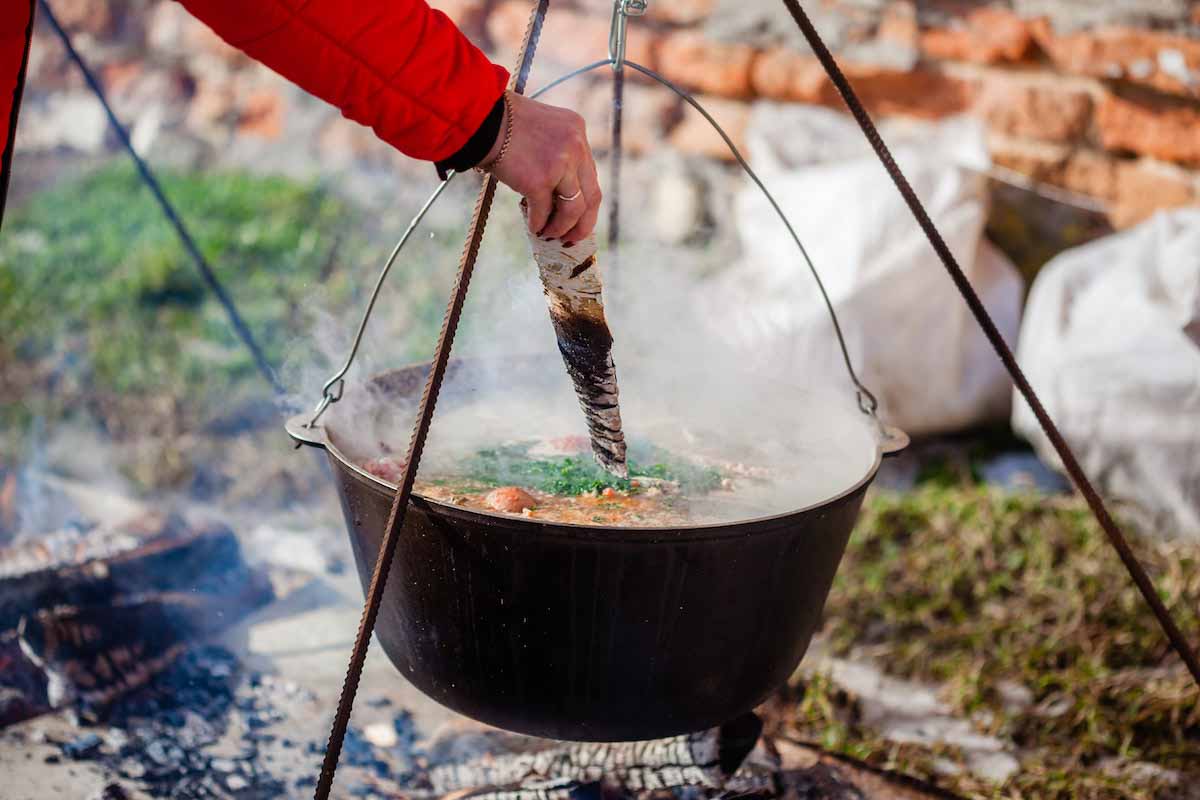
Birch firewood can be burned in various locations and heating appliances, depending on individual preferences and requirements. It is commonly used in indoor fireplaces, wood-burning stoves, and outdoor fire pits.
These versatile options allow for the efficient and controlled burning of wood, providing warmth and comfort in residential and outdoor settings.
Additionally, birch firewood can be used for cooking and grilling in specific appliances designed for wood-fired cooking.
Birch Firewood and Quality Coals: How Long Does it Last?
The duration of burning and the production of quality coals are important considerations when using birch firewood.
Birch firewood has a relatively fast burn rate compared to denser hardwoods, meaning it may burn more quickly. However, birch wood can still provide a significant burn time when properly seasoned and used in well-maintained heating appliances.
Quality coals, which are important for sustained heat and cooking, can be produced with birch wood by allowing it to burn down completely and ensuring proper airflow during the burning process.
Sustainable Sourcing: Exploring the Eco-Friendliness
Sustainable sourcing, including birch firewood, is a crucial aspect to consider when using versatile wood. Opting for responsibly harvested birch firewood helps preserve forests and the overall ecosystem.
It is advisable to source most desirable firewood from reputable suppliers who follow sustainable green wood forestry practices, such as selective harvesting and replanting.
Additionally, using locally sourced birch firewood reduces transportation emissions and supports the local economy.
By choosing eco-friendly birch firewood, individuals can enjoy the benefits of a renewable and environmentally conscious heating option.
Conclusion
In conclusion, birch is a viable option for firewood, offering several advantages.
It provides a moderate to high heat output, green wood burns cleanly with minimal smoke, and has a pleasant aroma when burned.
Birch can be used in various heating appliances, both indoors and outdoors, adding warmth and ambiance to the surroundings.

